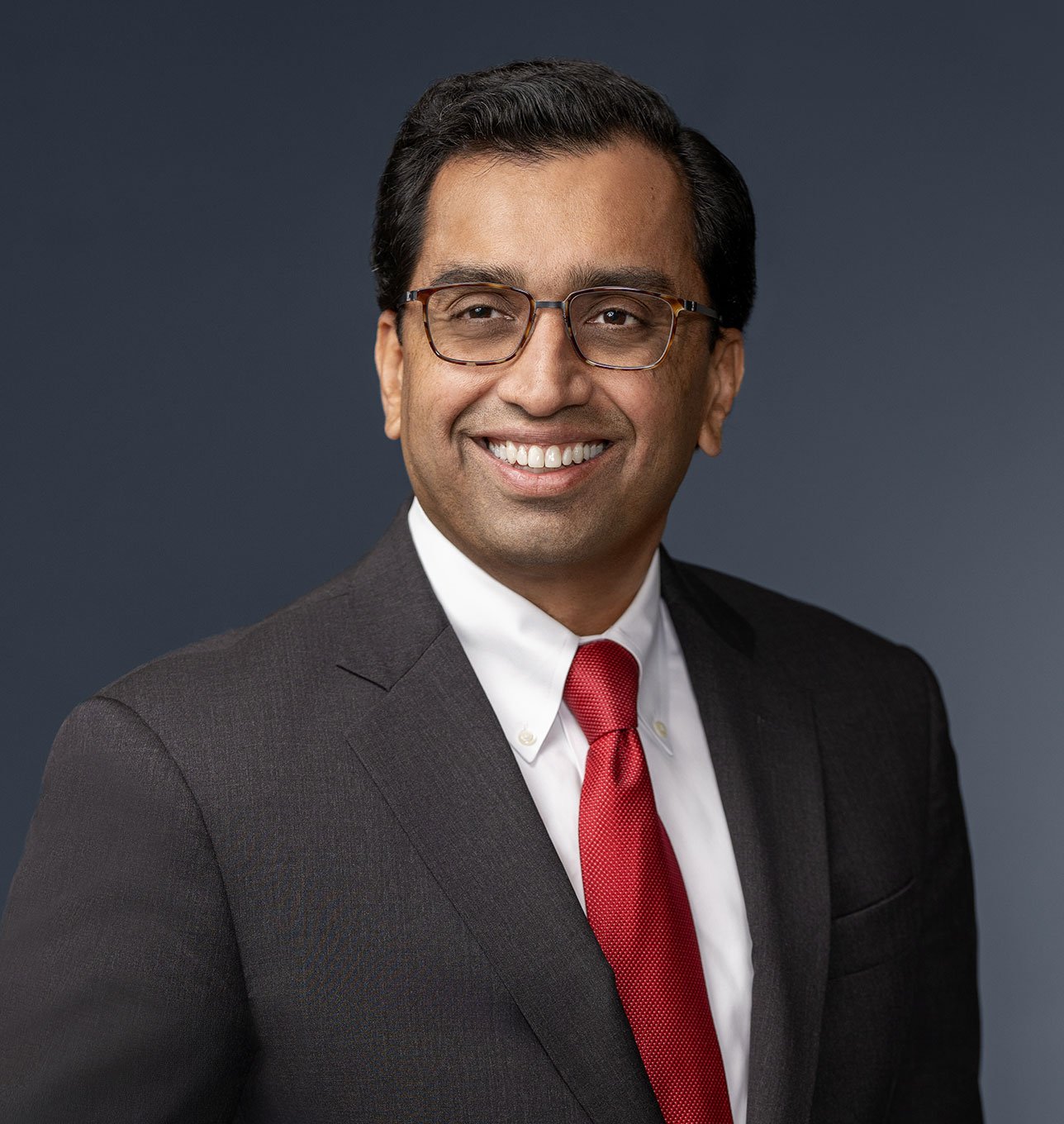President Trump Executive Order Establishes Committee for Assessing Foreign Investment in US Telecom Sector: Summary and Analysis
On April 4, 2020, President Trump issued Executive Order 13913 ("EO"), which replaces the former "Team Telecom" with a new Committee for the Assessment of Foreign Participation in the United States Telecommunications Services Sector (“Committee”). The EO establishes a formal structure, creates greater transparency, and expands federal authority to review foreign investment in this sector. The EO requires the Committee and the new process to be in place no later than July 3, 2020.
As discussed below, in specifying both the individual federal government members of and funding source for the Committee, and in describing and imposing deadlines on the Committee's review process, the EO seeks—for the benefit of both the sector and consumers—to bring greater transparency to the federal process for examining foreign investment in "telecommunications services" currently operating in or proposing to enter the US market. The April 4 EO is the most recent in a series of significant developments and reforms in the area of national security regulation of transactions involving foreign ownership, including the expansion of the Committee on Foreign Investment in the United States’ jurisdiction to review certain real estate transactions and certain non-controlling investments by foreign persons in US businesses and the US Department of Commerce’s proposed national security review process for information and communications technology and services transactions.
Summary
Committee Responsibility. The EO affords the Committee authority to review both license applications and existing licenses with foreign ownership, to identify risks to national security and law enforcement, and "to respond to any risks presented … by recommending to the Federal Communications Commission ("FCC") … that [the agency] dismiss an application, deny an application, condition the grant of an application upon compliance with mitigation measures, modify a license with a condition of compliance with mitigation measures, or revoke a license."
Members/Funding. The Attorney General will serve as Chair to the Committee. Additional members are:
- the Secretaries of Defense and Homeland Security; and
- the head of any other executive department or agency, or any Assistant to the President, as the President determines appropriate.
Advisors to the Committee are:
- the Secretaries of State, Treasury, and Commerce;
- Directors of the Offices of Management and Budget, National Intelligence, and Science and Technology Policy;
- the US Trade Representative, Administrator of General Services, and Assistants to the President for National Security Affairs, Economic Policy;
- the chair of the Council of Economic Advisors; and
- any other Assistant to the President, as the President determines appropriate.
National security review process. For license applications involving foreign ownership, upon FCC referral, the Committee will undertake an initial review to determine completeness. Once the Chair determines the application is complete, the Committee undertakes a 120-day review period within which to make a recommendation to the FCC. The EO permits an additional 90-day extension—a "secondary assessment"—in the event the Committee determines the application requires additional review. The EO also affords the Committee a formal role in reviewing existing FCC-issued licenses with foreign investment. Specifically, the EO permits the Committee, by majority vote and after issuing notice to the Advisors, to review active licenses for the purpose of ensuring compliance with conditions, identifying new risks, or both.
As to procedure, whether in the case of license applications or existing licenses, the EO provides that a Committee recommendation must be reached by consensus. In the event the Committee determines that a license application should be denied or that an existing license should be revoked, the Chair (the Attorney General) must notify and provide to the Advisors "all available analyses" regarding the Committee’s determination.
Thereafter, the Advisors have 21 days within which to advise the Chair as to whether the group opposes the recommendation. The EO requires that the Members and Advisors try to resolve any objections. In the event consensus is not achieved within 30 days of the Chair’s notification, the EO provides the Members authority to make the final decision (with the Chair as tie-breaker).
Licensee Oversight. The EO grants the Committee responsibility for communicating conditions and mitigation measures to the applicant or licensee and for monitoring compliance. A Committee member will report material noncompliance to the Committee, which will coordinate with the FCC to develop compliance measures. To the extent the Committee determines that a licensee has failed to satisfactorily cure any noncompliance, the Committee has the authority to recommend the FCC further modify or revoke the license.
Analysis
In practical terms, establishing the Committee—laying out its role and establishing formal deadlines for its work to analyze foreign investment—will bring prospective and current FCC licensees a measure of certainty as the agency considers applications for licenses and license renewal.
As to next steps, the EO establishes the Committee's "primary objective" as assisting the FCC in its public interest review of "concerns that may be raised by foreign participation in the [US] telecommunications services sector"; however, the EO lays out a more narrow procedure—to review foreign investment in applications seeking FCC-issued licenses and in existing licenses. Thus, we expect the FCC to conclude its June 2019 rulemaking regarding actions to address national security threats to certain telecommunications networks. Among other issues, the rulemaking includes a proposal to require certain licensees to remove and replace existing equipment and to cancel services produced or provided by foreign entities and examines the extent to which such equipment and services exist in US communications networks.





